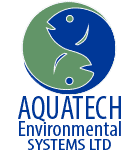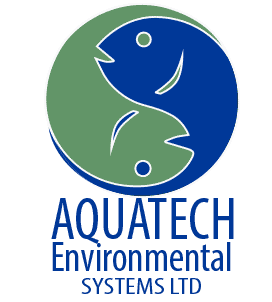Ponds and Lakes
There are two kinds of aquatic pollution: insoluble and soluble.
Lakes accumulate solids from dead plants and animal wastes. Soluble pollutants, from fertilizers, erosion and septage, add phosphorus and nitrogen — nutrients for algae and weeds. The plants convert, by photosynthesis, inorganic carbon dioxide into organic material. Dead plants form organic sludge, the accumulation of which results in oxygen depletion and release of noxious pollutants such as ammonia and hydrogen sulfide. Phosphorus is also liberated for reuse by plants. Oxygen can be reduced to levels causing fish kills. The stress caused by poor water quality also reduces fish growth and makes them more susceptible to diseases.
Natural water quality improvement is largely dependent on teams of beneficial microorganisms. One group starts a process, which is continued by others. It has been shown in scientific research that, even in natural lakes, essential members of these microbial teams are not always present.
This explains, in part, the natural aging of lakes and the too often observed phenomenon of algae and weed proliferation.


